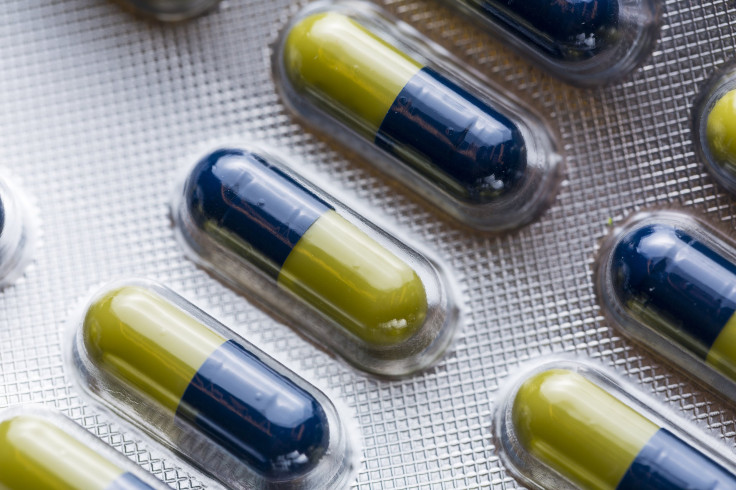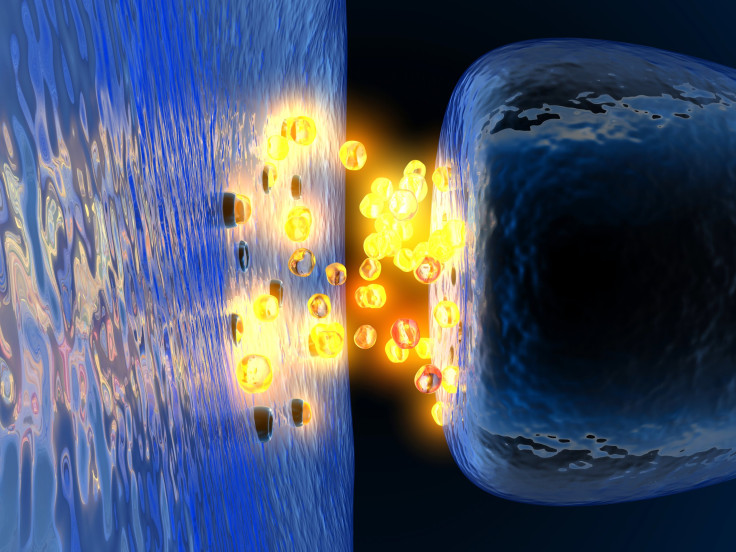How Antidepressants Work In The Brain: A Comprehensive Guide

Antidepressants are currently prescribed more than at any other point in the past two decades. One in 10 Americans takes them. Among women in their 40s and 50s, that number rises to one in four, according to the latest numbers in the National Health and Nutrition Examination Survey. Yet, despite millions of people taking the drugs, scientists still aren’t exactly sure what causes depression. Through years of research, they’ve come to understand that it likely culminates from a variety of factors. Feel-good neurotransmitters, such as serotonin and dopamine, certainly play a part as they affect mood. But a host of other factors may also contribute, such as genetic predisposition, stressful life events, and other medical problems.
With little insight into how these other factors play a part, as well as an incomplete understanding of the brain networks that underpin our moods, scientists have only been able to develop antidepressant drugs that work to control how neurotransmitters affect the brain. Because of the aforementioned reasons, sometimes they work and sometimes they don’t. Either way, it’s important to understand how they affect the brain.
Selective Serotonin Reuptake Inhibitors (SSRIs)
You probably know SSRIs as Prozac, Celexa, Lexapro, Paxil, and Zoloft. Since Prozac first entered the market in 1988, SSRIs have become the most commonly prescribed antidepressant because they’re generally safer, causing fewer side effects. They’re used to treat moderate to severe depression as well as anxiety disorders, panic attacks, and personality disorders.
Serotonin is a neurotransmitter associated with feeling of wellbeing and happiness. These chemicals are naturally produced in the brain, but might be produced in lower quantities in people with depression. SSRIs block (inhibit) serotonin from being reabsorbed (reuptake) back into the nerve cells they came from — nerves typically recycle these neurotransmitters. This leads to an increased concentration of serotonin in the synaptic cleft, the space between the two communicating cells. Scientists believe all this extra serotonin can then strengthen communication between the nerve cells, specifically the circuits associated with mood regulation. And with higher connectivity, patients with depression can find relief from the hopelessness, extreme sadness, and lack of interest in life that they’ve become acquainted with.

Studies have shown, however, that this may not be the case — at least not always. Supported by the fact antidepressants often take a couple of weeks to begin working, some research has shown that rather than just improving connectivity, antidepressants work to grow and improve branching between nerve cells in the hippocampus. In one study on mice, for example, researchers found that when neurogenesis was blocked, the antidepressants stopped working. When it wasn’t blocked, they showed 60 percent more dividing cells in the hippocampus. This translated to improvements in anxiety and depression, too, as they became more willing to venture for food in a brightly lit place.
If more research shows that SSRIs stimulate neuronal growth, depression treatment may one day involve drugs specifically made to stimulate nerve growth, leading to faster and better outcomes.
SNRIs, NDRIs, SARIs, and Everything Else
Again, the science behind depression treatment is based on the idea that connectivity between neurons must be improved. Therefore, all other antidepressants work in different ways to increase neurotransmitter levels between neurons. Here’s how:
·Serotonin and norepinephrine reuptake inhibitors (SNRIs) inhibit the reuptake of both serotonin and norepinephrine, the latter of which is sometimes involved in a system in the brain associated with responding to environmental stimuli that grabs a person’s attention and motivates them to do something.
·Norepinephrine and dopamine reuptake inhibitors (NDRIs) again inhibit the reuptake of neurotransmitters; this time dopamine and norepinephrine. Dopamine is another neurotransmitter commonly associated with feelings of happiness and wellbeing.
·Serotonin antagonist and reuptake inhibitors (SARIs) work on serotonin in two ways: they inhibit the reuptake of the molecule and prevent them from binding to cell receptors, thus causing the molecules to accumulate in the synaptic clefts.
·Tetraycyclic and tricyclic antidepressants were some of the earliest forms of antidepressant drugs. They work by inhibiting a number of neurotransmitters, including serotonin, epinephrine, and norepinephrine, from reuptake as well as binding to nerve cell receptors.
·On the occasions that neurotransmitters aren’t reabsorbed into the nerve cells, they’re broken down. Monoamine oxidase inhibitors (MAOIs) work to inhibit the enzyme monoamine oxidase from breaking down serotonin, epinephrine, and dopamine.
Because many of these antidepressants can cause life-threatening side effects, it’s important to consult with your doctor before taking them. For more information about these drugs, refer to the infographic below.



























